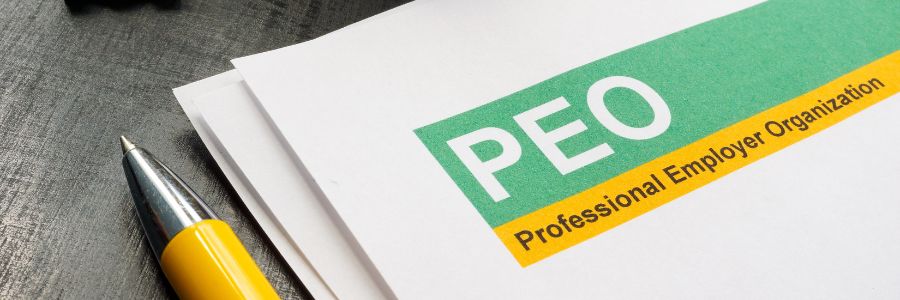
We Simplify HR®
HR Resources
Explore our comprehensive resources section, designed to empower businesses with valuable insights, best practices, and expert guidance on optimizing HR management for business growth.
We Simplify HR®
HR Resources for Businesses
Explore our comprehensive resources section, designed to empower businesses with valuable insights, best practices, and expert guidance on optimizing HR management for business growth.
We Simplify HR®
HR Resources for Brokers
Our variety of blogs, case studies, eBooks, and press releases feature insightful news, trends, and best practices to accelerate PEO and benefit brokers’ success.
What’s Trending
10 HR Trends for 2024
In the ExtensisHR 2024 Trends Report, review the top 10 latest industry developments and the steps your business can take to succeed, straight from our internal thought leaders.
Read Report

Why a PEO’s Vertical Industry Experience Make...

Charting Success: ExtensisHR’s Role in ...

Small Businesses Gain More Access to Federal ...

What is a Certified PEO (CPEO), and Why Does ...

A Hassle-Free Client Implementation Sets the ...

Tax Season 2024: 7 Tips for Small Business Ow...

Ramadan in the Workplace: Best Practices for ...

